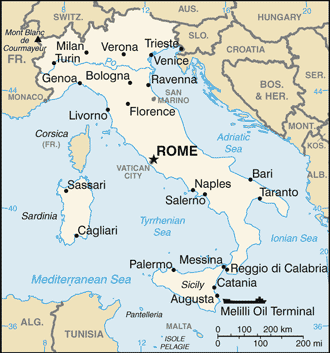Drug policy
The Department for Anti-Drug Policies is responsible for the strategic and operational coordination of Italian drug policy.
The Italian National Action Plan on Drugs remains in force pending the development of a new strategy.
Eighty-nine objectives are set out in two pillars, demand and supply reduction, across five cross-cutting areas of intervention.
Treatment and Recovery Services
In Italy, the coordination of drug-related treatment is carried out at the regional level by the heads of the local drug departments or drug services.
The Italian drug treatment system includes two complementary sub-systems consisting of public drug dependency service units (Ser.Ds) and social-rehabilitative facilities (mainly residential or semi-residential)
Interventions carried out by both public and private services include:
- psychosocial support;
- psychotherapy and social service interventions;
- detoxification in residential settings;
- vocational training in semi-residential settings.
In Italy, the need to contain the spread of HIV among injecting heroin users in the early 1990s resulted in the establishment of outreach programmes and low-threshold centres, and the provision of clean injecting equipment and drug treatment.
Harm reduction interventions are delivered through mobile units, drop-in centres, reception units and outreach programmes, and by public and private outpatient treatment services.
Prevention Services
The planning and implementation of prevention activities in Italy are, for the most part, the responsibility of the regions and autonomous provinces; however, the Department for Anti-Drug Policies at the Presidency of the Council of Ministers allocates part of its annual budget to support prevention activities.
Prevention interventions encompass a wide range of approaches, which are complementary.
Prevention activities are often implemented in schools by teachers, as well as by local health authorities, law enforcement agencies and private social agencies.
Mass media campaigns are a central element of the prevention strategy in Italy, particularly the use of information technology platforms, such as video conferencing and mobile applications.
Family involvement is considered central to all prevention efforts in Italy, and almost all regions have universal prevention projects targeting families, teachers and peers.

